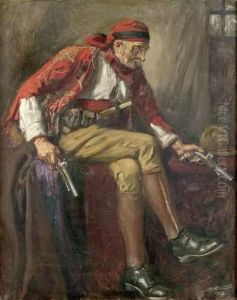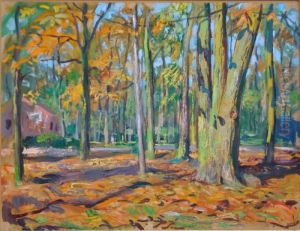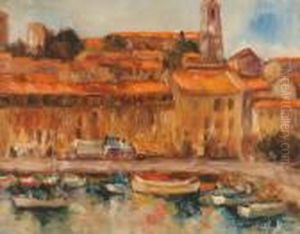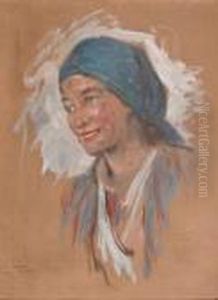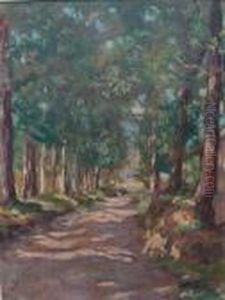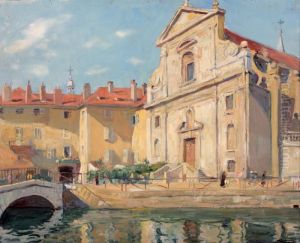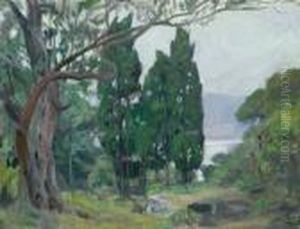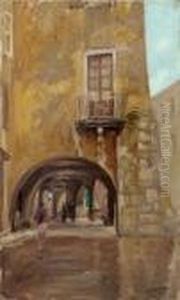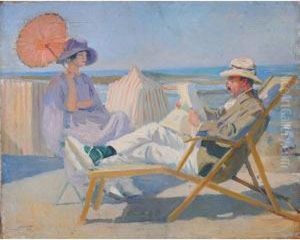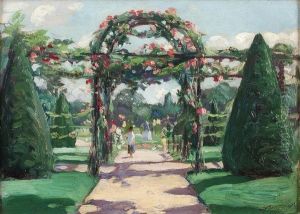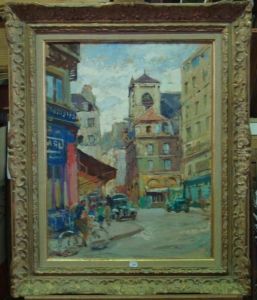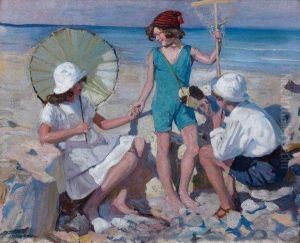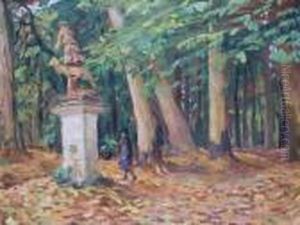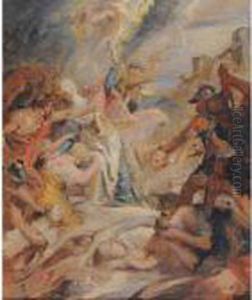Lucien Hector Jonas Paintings
Lucien Hector Jonas was a French painter born on April 8, 1880, in Anzin in the Nord department. He is most prominently known for his works as an official war artist during World War I. His talent for art was recognized early on, and he studied under prominent figures such as Jules Lefebvre and Tony Robert-Fleury at the National School of Fine Arts in Paris.
Jonas's early works primarily consisted of portraits, historical compositions, and genre scenes. However, his career took a significant turn when he was appointed as an official war artist by the French government during the Great War. This role saw him at the front lines, capturing the brutal realities of war, the lives of soldiers, and the ravaged landscapes affected by the conflict. His work during this period was not only an artistic endeavor but also a form of historical documentation.
After the war, Jonas continued to paint and also took on public commissions, including decorative work for public buildings and religious institutions. His style was rooted in academic realism, and he was adept at capturing the human form and the subtleties of facial expressions. Despite the rise of modern art movements such as Cubism and Surrealism, Jonas remained committed to his more traditional approach throughout his career.
Lucien Hector Jonas's contributions were recognized through various awards and honors, and his works were exhibited widely during his lifetime. His legacy is preserved in the form of his paintings that are housed in numerous museums and collections across France and beyond. Jonas passed away on September 20, 1947, in Paris, leaving behind a rich portfolio of work that continues to be appreciated for its historical and artistic value.
